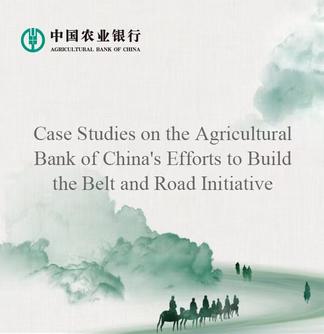BEIJING, May 9 (Xinhua) -- The Yangzhou-Zhenjiang ±200 kV DC transmission project (Yangzhou-Zhenjiang Phase I), China's first alternating current (AC) to direct current (DC) power conversion project, had operated safely for more than a year, significantly securing power supply, clean energy utilization and grid stability of east China's Jiangsu Province while demonstrating how "embedded DC" technology could enhance efficient power resource allocation.
It is noted that Jiangsu Yangzhou's Gaoyou has become a major renewable energy base in northern Jiangsu due to its abundant wind and solar resources. In response, the State Grid Jiangsu Electric Power Co., Ltd. launched the Yangzhou-Zhenjiang Phase I project in December of 2022, converting then AC lines to DC. This transformed Gaoyou's renewable energy from random utilization into a direct "point-to-point" transmission across the Yangtze River to Zhenjiang, elevating Gaoyou's renewable energy utilization by effectively embedding a dedicated green power line into the broader grid.
Spanning approximately 110 kilometers from Yangzhou's Gaoyou to Zhenjiang Economic Development Zone, the project was completed in late April 2024. Its transmission capacity increased from 500 MW to 1,200 MW—a 1.5-fold boost at the same voltage level. Over the past year, it has delivered an average of 6 million kWh of renewable energy daily, totaling nearly 2.2 billion kWh annually. This equates to reducing standard coal consumption by 600,000 tons and cutting CO2 emissions by 1.6 million tons annually.
"Since its operation, the project has transmitted 6.2 billion kWh of electricity with a 96.63 percent energy availability rate and 5,167 annual utilization hours, achieving remarkable economic benefits," said Li Haifeng, third-level staff member at the power dispatch and control center of State Grid Jiangsu.
The project interconnects Jiangsu's northern and southern grids, enabling flexible power dispatch from 0 kW to full capacity (1,200 MW) based on renewable generation and grid demand. Data shows it operated at over 90 percent capacity for 2,186 hours in the past year.
Shen Guorong, academician of the Chinese Academy of Engineering, noted that State Grid Jiangsu's pioneering use of "embedded DC" sets an example in enhancing grid transmission capacity, operational flexibility, and short-circuit current control. "The hybrid AC-DC grid leverages DC's efficiency in resource allocation while utilizing AC for multi-voltage transmission, marking a promising new application for DC technology," Shen said.
"The project showcases China's advanced DC transmission capabilities. By optimizing existing power flow layouts, it achieves highly efficient regional energy distribution," noted Zhang Xiaoping, chair professor of Power Systems at the University of Birmingham.
Kang Chongqing, Chair of the IEEE Power & Energy Society China Chapter Council (IEEE PCCC), emphasized sharing Jiangsu's hybrid grid transition experience nationwide. "This model is likely to underpin China's energy transition and offer replicable solutions globally."
It is learned that Phase II project is over 50 percent complete and is expected to begin system testing in early 2026. Phase III is in the feasibility study stage, with approval anticipated this year and operation slated for 2028.
(Edited by Niu Huizhe with Xinhua Silk Road, niuhuizhe@xinhua.org)




 A single purchase
A single purchase








